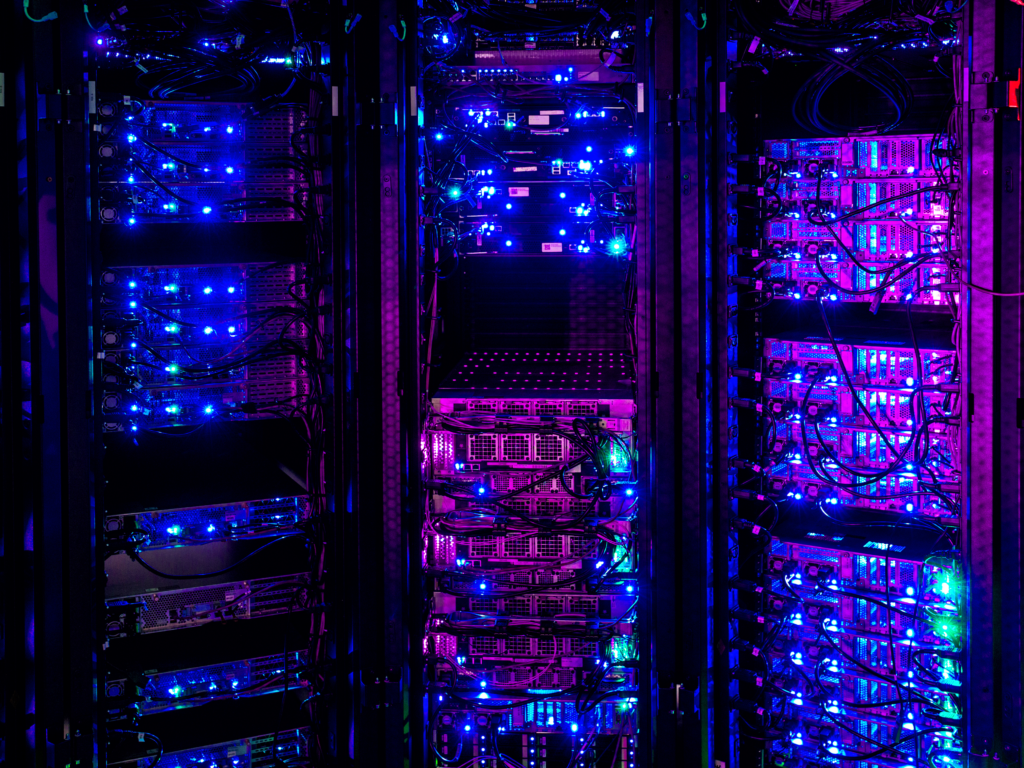In the world of technology, few things are more frustrating than encountering the DNS server isn’t responding Windows 10 errors, especially when you’re using Windows 10. This error can disrupt your internet connection and prevent you from accessing your favorite websites or online services. But fear not! In this article, we’ll explore the causes behind this error and provide you with practical tips to prevent it from happening again in the future.
When the DNS server isn’t responding Windows 10, it can be due to network connectivity issues, incorrect DNS server settings, firewall or antivirus interference, outdated network drivers, DNS cache problems, or ISP DNS server problems. To prevent this error, consider using reliable DNS servers, updating network drivers, configuring DNS settings correctly, temporarily disabling firewall or antivirus software, flushing DNS cache, using an Ethernet connection, restarting your router, and checking for ISP DNS server status. By following these tips, you can ensure a more stable and reliable internet connection on Windows 10.
Understanding the DNS Server Error
First, let’s demystify the term “DNS server.” DNS stands for Domain Name System, and it acts as a phone book for the internet. When you type a website address into your browser, such as www.example.com, the DNS server translates that human-readable address into a computer-readable IP address, such as 192.168.1.1. This translation allows your device to connect to the correct web server and load the website.
When you encounter a “DNS server isn’t responding Windows 10” error, it means that your device is unable to communicate with the DNS server to translate the website address into an IP address. This can happen due to various reasons, including network connectivity issues, incorrect DNS server settings, firewall or antivirus interference, outdated network drivers, DNS cache problems, or ISP DNS server problems.
To prevent the DNS server isn’t responding Windows 10 error, consider using reliable DNS servers such as Google DNS (8.8.8.8 and 8.8.4.4) or Cloudflare DNS (1.1.1.1), updating network drivers regularly, configuring DNS settings correctly, temporarily disabling firewall or antivirus software, flushing DNS cache, using Ethernet connection instead of Wi-Fi, restarting your router periodically, and checking for ISP DNS server status.
By following these tips, you can minimize the chances of encountering the “DNS server isn’t responding Windows 10” error and ensure a more stable and reliable internet connection on your Windows 10 device.
Common Causes of the DNS Server Error
- Network Connectivity Issues
If your network connection is unstable or weak, it can prevent your device from reaching the DNS server isn’t responding Windows 10 error. To resolve this, ensure your device is within range of a stable Wi-Fi signal or consider using an Ethernet connection. Additionally, restarting your router and modem can sometimes improve connectivity. If the issue persists, check for any firmware updates for your networking hardware and consider contacting your ISP for further assistance.
- DNS Server Configuration
Incorrect DNS server settings on your device or router can lead to communication issues with the DNS server.
- Firewall or Antivirus Interference
Sometimes, your firewall or antivirus software may block the DNS requests, causing the error.
- Outdated Network Drivers
Outdated or incompatible network drivers can also contribute to DNS server errors.
- DNS Cache Issues
Your device’s DNS cache may become corrupted, preventing it from properly resolving domain names, which can lead to the DNS server isn’t responding Windows 10 error. To resolve this, you can flush the DNS cache by opening Command Prompt as an administrator and typing the command `ipconfig /flushdns`. This will clear the corrupted entries and allow your device to fetch new DNS information. Additionally, consider configuring your device to automatically obtain DNS server addresses to avoid future cache-related issues.
- ISP DNS Server Problems
Occasionally, the DNS servers provided by your Internet Service Provider (ISP) may experience issues, leading to DNS errors.
How to Prevent the DNS Server Isn’t Responding Error
Now that we’ve identified the common causes of the DNS server error, let’s discuss some practical tips to prevent it:
- Use Reliable DNS Servers
Consider using public DNS servers like Google DNS (8.8.8.8 and 8.8.4.4) or Cloudflare DNS (1.1.1.1) instead of relying on your ISP’s DNS servers to avoid the DNS server isn’t responding Windows 10 error. Public DNS servers are often more reliable and can offer better performance. To change your DNS settings on Windows 10, go to Settings > Network & Internet > Change adapter options. Right-click on your network connection, select Properties, select Internet Protocol Version 4 (TCP/IPv4), click Properties, and then enter the preferred and alternate DNS server addresses.
- Update Network Drivers
Regularly update your network drivers to ensure compatibility and stability.
- Configure DNS Settings Correctly
Double-check your device’s DNS settings to ensure they are configured correctly. Consider setting them to automatically obtain DNS server addresses.
- Disable Firewall or Antivirus Temporarily
Temporarily disable your firewall or antivirus software to see if they are causing the DNS server error. If the error disappears, adjust the settings to allow DNS requests.
- Flush DNS Cache
Periodically flushing your device’s DNS cache can help clear any corrupted entries and prevent the DNS server isn’t responding Windows 10 error. To do this, open Command Prompt as an administrator and type the command `ipconfig /flushdns`. This command clears the DNS resolver cache on your computer, forcing it to re-query DNS servers for new information. Flushing the DNS cache can help resolve DNS-related issues and ensure a smoother browsing experience.
- Use Ethernet Connection
If possible, connect your device to the internet using an Ethernet cable instead of Wi-Fi to reduce the chances of network interference.
- Restart Your Router
Sometimes, simply restarting your router can resolve temporary network issues.
- Check for ISP DNS Server Status
If you suspect that your ISP’s DNS servers are causing the error, check their status or contact their customer support for assistance.
Conclusion
Encountering the DNS server isn’t responding Windows 10 error can be frustrating, as it can disrupt your internet connection and prevent access to websites. However, with the right knowledge and preventive measures, you can minimize its occurrence. Using reliable public DNS servers like Google DNS or Cloudflare DNS, updating network drivers, configuring DNS settings correctly, and periodically flushing the DNS cache can help prevent this error.
Additionally, ensuring a stable network connection, temporarily disabling firewall or antivirus software, and checking for ISP DNS server status can also contribute to a more reliable internet experience. Remember, prevention is always better than cure when it comes to technology issues! By implementing these preventive measures, you can reduce the likelihood of encountering the DNS server isn’t responding Windows 10 errors and enjoy a smoother browsing experience.
About Bytagig
Bytagig is dedicated to providing reliable, full-scale cyber security and IT support for businesses, entrepreneurs, and startups in a variety of industries. Bytagig works both remotely with on-site support in Portland, San Diego, and Boston. Acting as internal IT staff, Bytagig handles employee desktop setup and support, comprehensive IT systems analysis, IT project management, website design, and more.

